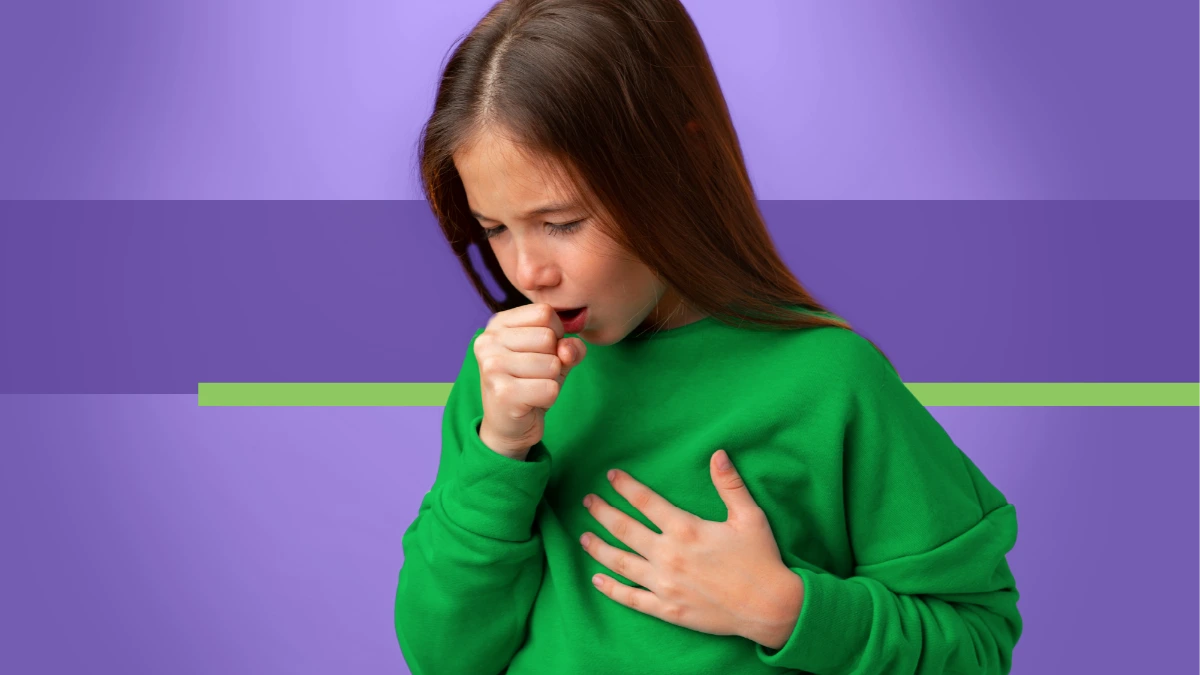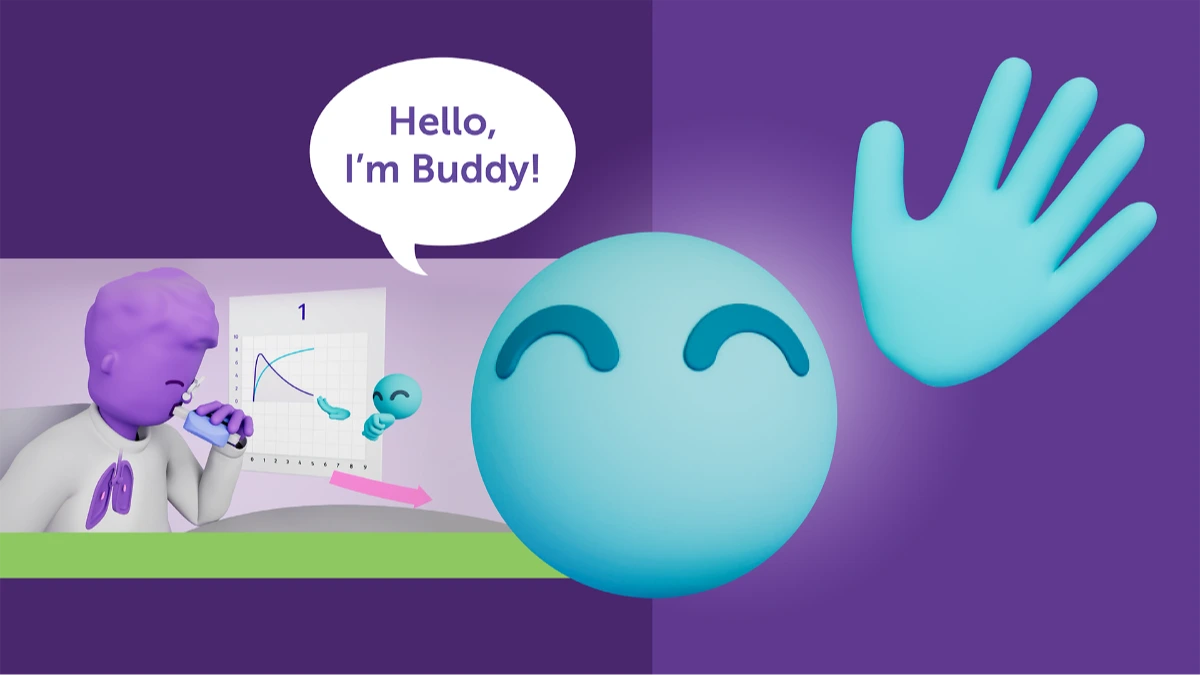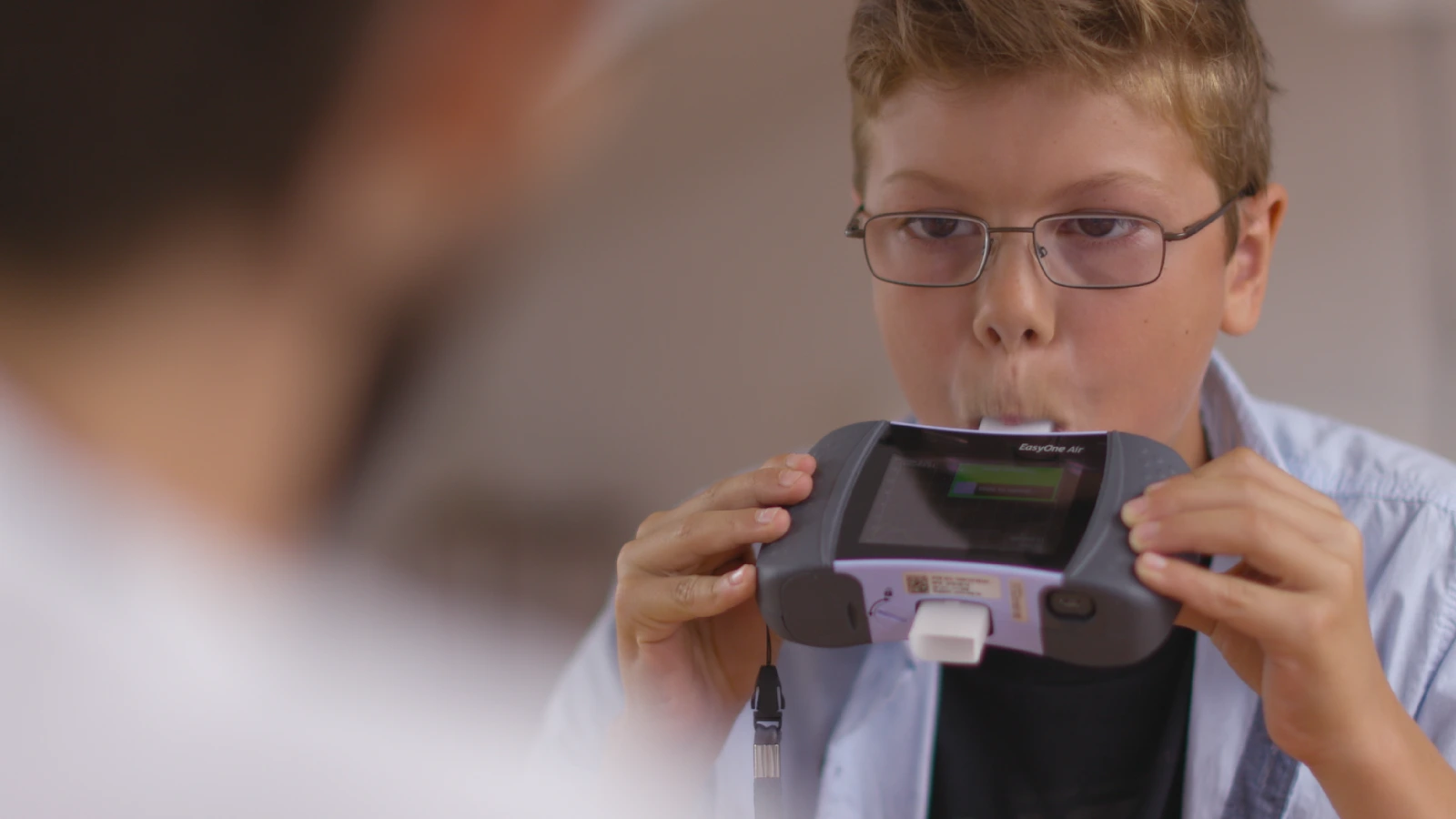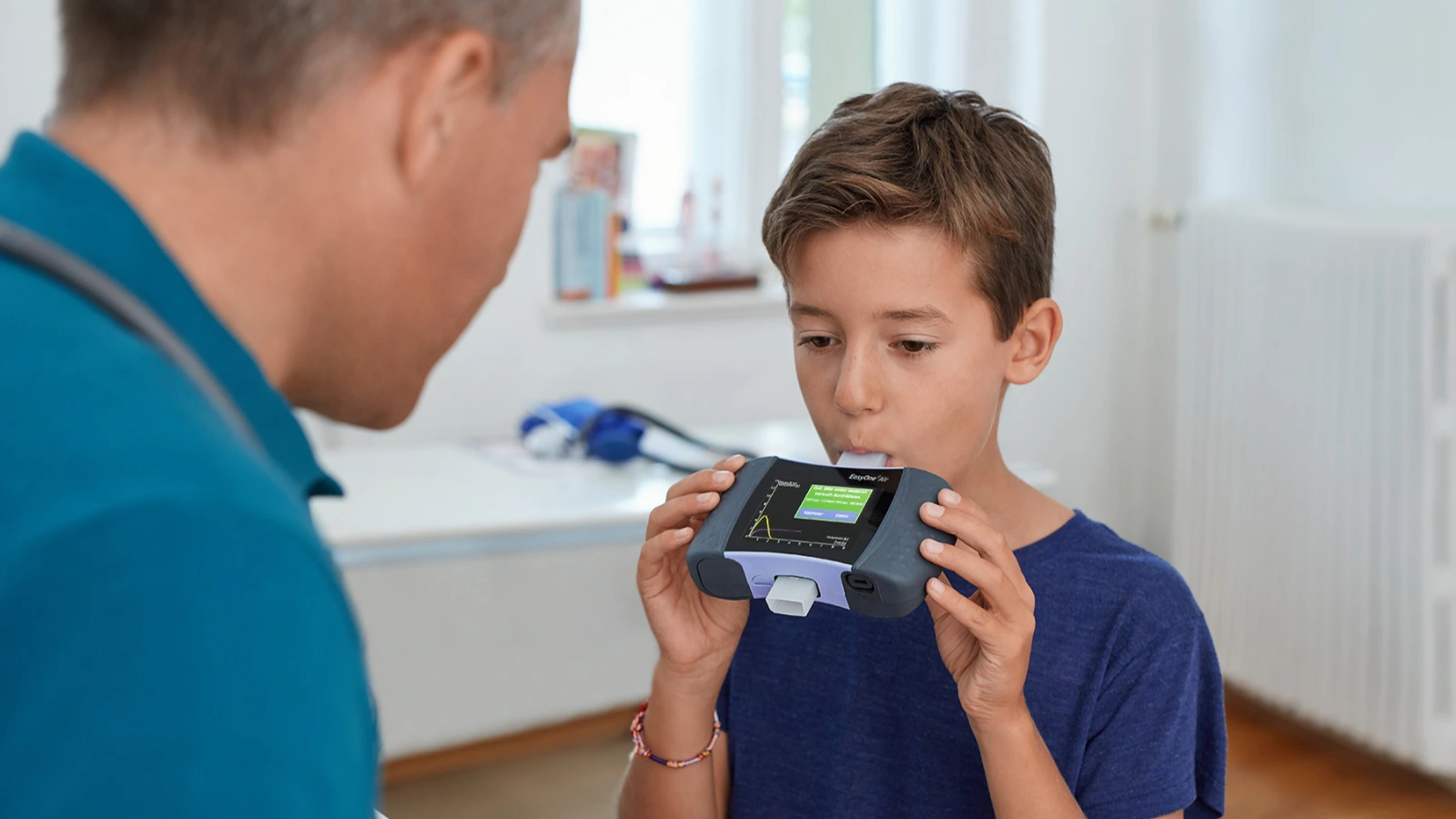How air pollution impacts children’s lung development
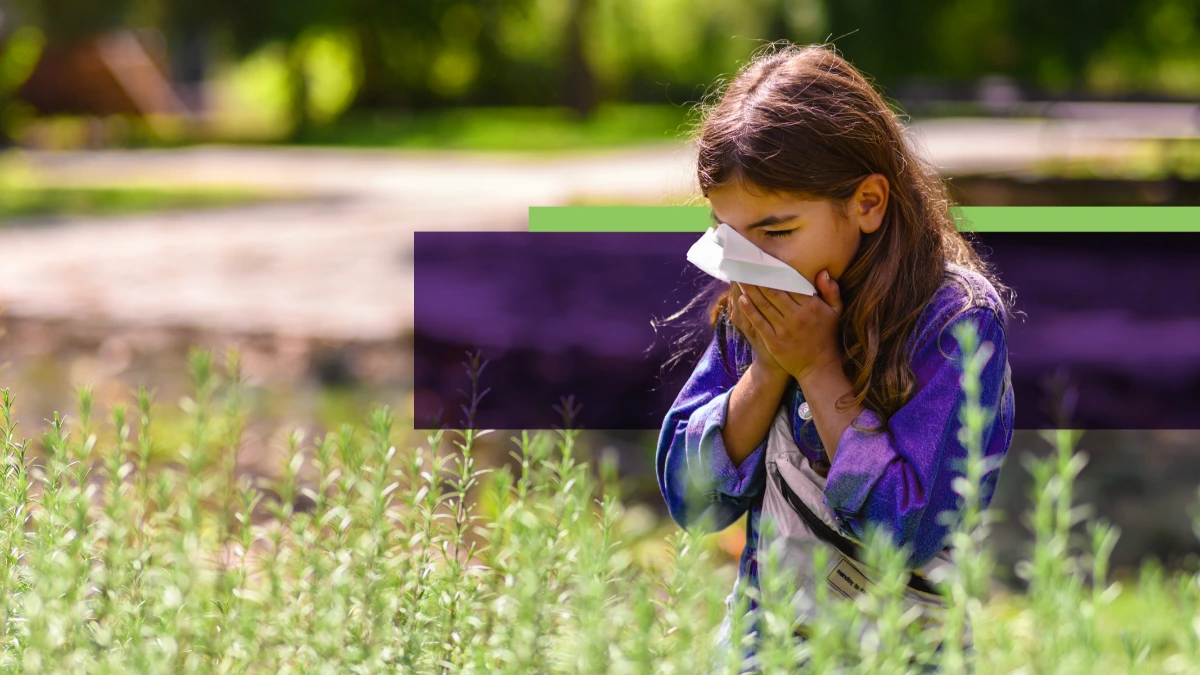
Air pollution occurs indoors and outdoors and is caused by gases, particles, or biological agents, such as pollen or mold, that both change and contaminate the air.1 Some sources of air pollution include vehicle emissions, industrial pollutants, wildfires, and dust. Few people escape the impact of air pollution. According to the World Health Organization (WHO), high levels of air pollution affect 99 percent of the world’s population.1 Each year, indoor (household) air pollution and outdoor (ambient) air pollution are responsible for seven million premature deaths.1
Children are particularly vulnerable to the devastating effects of air pollution due to their undeveloped airways, immature body defenses, and rapid breathing rate.2 Air pollution can slow children’s lung growth, lower their lung capacity, and even increase the risk of asthma, respiratory, and other chronic lung diseases.
How air pollution affects lung development #
Lungs begin to develop around four weeks in utero, and growth continues through adolescence.3 Exposure to air pollution during this time can affect a child’s lung development. Children growing up in polluted environments may develop lower lung capacity, affecting their ability to breathe properly and stay active.
In an Asthma Coalition on Community, Environment and Social Stress (ACCESS) study of pregnant women receiving prenatal care at two Boston hospitals and their community health center affiliates, the six-to-twelve-week gestation period proved particularly crucial for lung development in boys.4 Specifically, there is a higher likelihood of boys having reduced lung function at seven years old if their mothers were exposed to higher NO3 levels during their sixth to twelfth week of pregnancy.4 It is unknown if these changes are permanent.4
Additionally, the LUIS study, a Swiss population study that worked with 2,182 children between the ages of 6 and 17, found that air pollution impacts lung development most in utero.5 Early school-age children, in particular, had limited airflow and less air in the lungs if exposed to PM2.5 prenatally.5
Early childhood air pollution exposure can also slow lung growth and make children more susceptible to breathing difficulties. The Children’s Health Study tracked the lung function of 1,759 fourth-graders from 12 communities in southern California for eight years to see if air pollution negatively impacts lung growth between the ages of 10 and 18.6 Results concluded that air pollution does negatively impact lung development in this age group and that FEV1 levels were significantly lower by adulthood.6
Health consequences of impaired lung development #
Impaired lung development can have serious health consequences, including an increased risk of respiratory infections and asthma and a higher likelihood of developing chronic lung diseases later in life.
A Ghanaian pregnancy study examining poor growth in early childhood with reduced pulmonary function notes that children with impaired lung function have a greater chance of developing pneumonia3, a serious lung infection responsible for 22% of child fatalities between the ages of one and five in 2019.7 Household air pollution (HAP) also plays a role in pneumonia fatalities of those under age five, accounting for 44 percent of deaths.7
In a paper on air quality and child respiratory health, Aithal et al. say that interferences in lung growth can also lead to a greater chance of developing childhood asthma.7 Air quality is especially important to those with asthma, as outdoor air pollution increases asthma exacerbation and hospitalization rates.7
Additionally, low lung function in early childhood has far-reaching consequences and can affect lung function long-term,3 possibly leading to COPD or other illnesses and a higher mortality rate.7
EasyOne spirometry machines - tailored solutions for every practice.
Explore our spirometry machines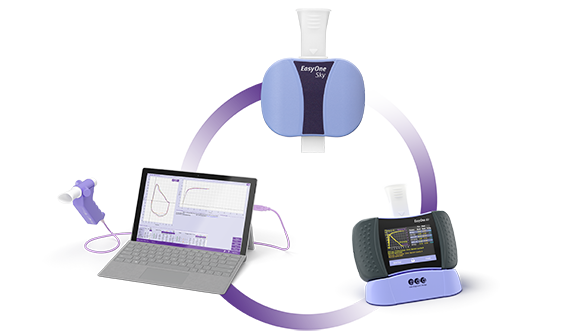
Preventative measures and solutions #
We can take action to minimize the effects of air pollution on children by avoiding smoking indoors and using air purifiers. One study that tracked air purifier use in two Detroit, Michigan schools showed that air quality improved with air purifier use.8 While factors such as noise, cost, space, and drafts can impact how often and at what setting air purifiers operate, ultimately affecting their efficacy, a study of 150 near-highway households in Somerville, MA found that the majority of participants felt positive about air purifier use, running their air purifiers 24 hours a day on medium.9
When air pollution peaks during times of crisis, such as with wildfires, there are ways to protect yourself and your child. It’s recommended to stay indoors when able and track air quality index levels (AQI) on sites like AIRNOW.gov and AQMD.gov.10 The AQI doesn’t factor in shifting winds or certain materials, and a safe level for adults may not be safe for kids, so proceed with caution.10 Keep windows and doors closed, put a new filter in your HVAC and use its recirculate setting, and run an air purifier with a HEPA filter.11 Avoid activities that worsen air quality, such as vacuuming, smoking, or vaping.11 When outdoors, wear a mask.11
Community and policy initiatives aimed at reducing emissions and creating clean air zones are also effective measures. WHO recommends focusing on land sustainability, clean energy, and waste management, among other strategies.1
Conclusion #
Air pollution may be invisible, but its impact on children’s lungs is real. While mitigating the effects of air pollution may feel overwhelming, there are a few steps we can take. When possible, avoiding air pollution with kids can limit long-term lung damage. Utilizing air purifiers in schools and homes, especially in high-traffic and industrial areas, can help improve indoor air quality. Incorporating spirometry into routine pediatric respiratory care empowers clinicians to identify issues early and advocate for cleaner, healthier environments for the next generation.
Air Pollution [Internet]. World Health Organization; [cited 2025 May 19]. Available from: https://www.who.int/health-topics/air-pollution#tab=tab_1 ↩︎ ↩︎ ↩︎ ↩︎
Who is most affected by outdoor air pollution? [Internet]. American Lung Association;[updated 2024 Sep 18; cited 2025 May 19]. Available from: https://www.lung.org/clean-air/outdoors/who-is-at-risk ↩︎
Kaali S, Jack DW, Prah RK, Chillrud SN, Mujtaba MN, Kinney PL, et al. Poor early childhood growth is associated with impaired lung function: Evidence from a Ghanaian pregnancy cohort. Pediatr Pulmonol [Internet]. 2022 Sep [cited 2025 May 20];57(9):2136–46. Available from: https://pmc.ncbi.nlm.nih.gov/articles/PMC9398957/ doi:10.1002/ppul.26015
Epub 2022 Jun 13. PMID: 35614550; PMCID: PMC9398957. ↩︎ ↩︎ ↩︎Bose S, Rosa MJ, Mathilda Chiu Y-H, Leon Hsu H-H, Di Q, Lee A, et al. Prenatal nitrate air pollution exposure and reduced child lung function: Timing and fetal sex effects. Environmental Research [Internet]. 2018 Nov [cited 2025 May 19];167:591–7. Available from: https://www.sciencedirect.com/science/article/pii/S0013935118304547 doi:10.1016/j.envres.2018.08.019 ↩︎ ↩︎ ↩︎
Usemann J, Mozun R, Kuehni CE, de Hoogh K, Flueckiger B, Singer F, et al. Air pollution exposure during pregnancy and lung function in childhood: The LUIS study. Pediatr Pulmonol [Internet]. 2024 [cited 2025 May 19];59(12):3178–89. Available from:https://onlinelibrary.wiley.com/doi/10.1002/ppul.27169[KS1]
doi:10.1002/ppul.27169. ↩︎ ↩︎Gauderman WJ, Avol E, Gilliland F, Vora H, Thomas D, Berhane K, et al. The effect of air pollution on lung development from 10 to 18 years of age. N Engl J Med [Internet]. 2004 Sept 9 [cited 2025 May 19];351(11):1057–67. Available from: https://www.nejm.org/doi/full/10.1056/NEJMoa040610 doi:10.1056/nejmoa040610 ↩︎ ↩︎
Aithal SS, Sachdeva I, Kurmi OP. Air Quality and respiratory health in children. Breathe [Internet]. 2023 Jun [cited 2025 May 20];19(2):230040. Available from: https://publications.ersnet.org/content/breathe/19/2/230040 doi:10.1183/20734735.0040-2023 ↩︎ ↩︎ ↩︎ ↩︎ ↩︎
Xia T, Raneses J, Schmiesing B, Garcia R, Walding A, DeMajo R, et al. How teacher behaviors and perceptions, air change rates, and portable air purifiers affect indoor air quality in naturally ventilated schools. Front Public Health [Internet]. 2024 Oct 3 [cited 2025 May 20];12:1427116. Available from: https://pmc.ncbi.nlm.nih.gov/articles/PMC11483887/#abstract1 doi:10.3389/fpubh.2024.1427116. PMID: 39421817; PMCID: PMC11483887 ↩︎
Singh-Smith K, Sprague Martinez L, Eliasziw M, Lerman Ginzburg S, Hudda N, Betz GM, et al. Reaction to at-home air purifiers installed to reduce traffic-related air pollution in near-highway residences. Trials [Internet]. 2024 Aug 19 [cited 2025 May 20];25(1):551. Available from: https://pmc.ncbi.nlm.nih.gov/articles/PMC11331753/ doi:10.1186/s13063-024-08388-z. PMID: 39160612; PMCID: PMC11331753. ↩︎
Kryl C. How to protect kids from bad air quality during fires [Internet]. 2025 Jan 15 [cited 2025 May 20]. Available from: https://www.chla.org/blog/advice-experts/how-protect-kids-bad-air-quality-during-fires ↩︎ ↩︎
LA fires are producing hazardous smoke: How to protect yourself [Internet]. UC Davis Health; 2025 Jan 10 [cited 2025 May 20]. Available from: https://health.ucdavis.edu/news/headlines/how-wildfire-smoke-and-ash-impact-your-health-and-how-to-protect-yourself/2025/01 ↩︎ ↩︎ ↩︎
Written by
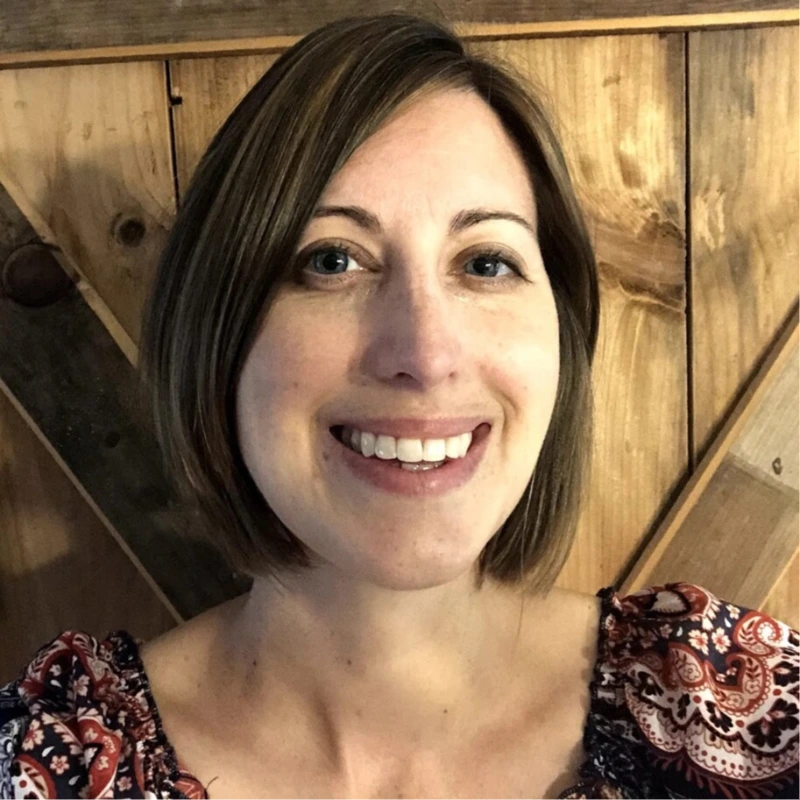
Kelly Sicard
MA
Kelly M. Sicard is a freelance writer with an M.A. in English & Creative Writing who spent over a decade working for a non-profit lung health organization. She lives in New Hampshire with her husband, daughter, and black labrador and enjoys reading, writing, listening to stories, appreciating nature, and spending time with family.

